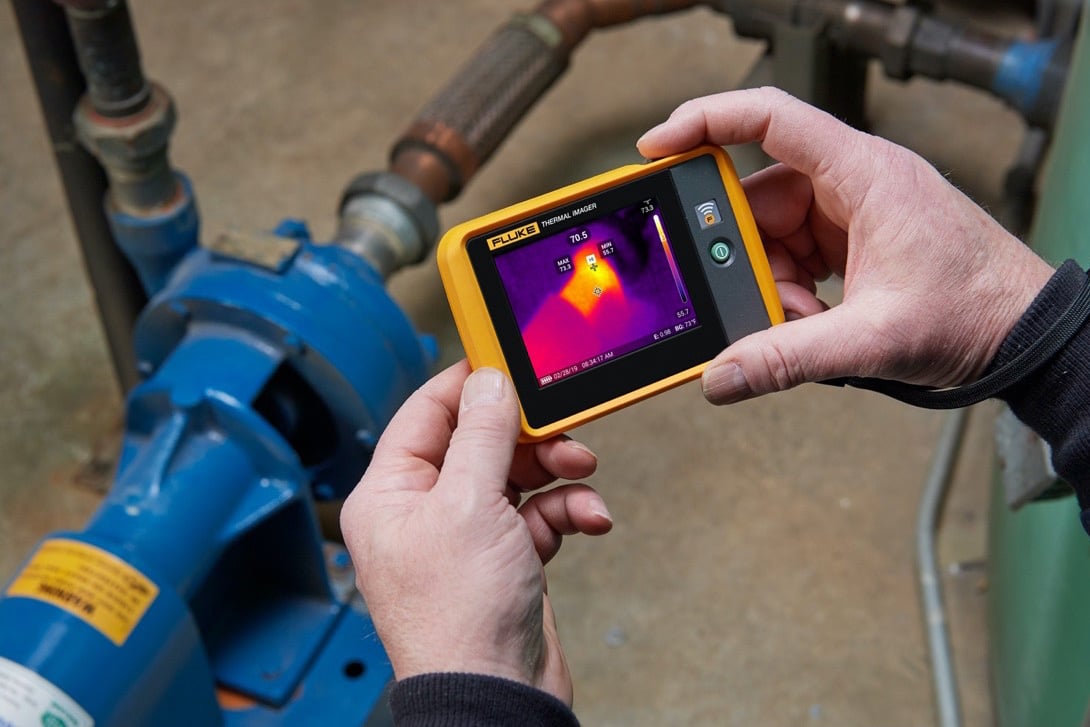Innovative Solutions for Very Early Detection of Water Leakages in Structures and Framework
As the stability of structures and infrastructure is paramount, the difficulty of very early discovery of water leaks has actually stimulated cutting-edge solutions that promise to change the means we guard versus possible problems. From cutting-edge leak detection modern technologies to the implementation of IoT sensors for real-time tracking, the landscape of leak avoidance is progressing rapidly. Device knowing formulas offer a look into the future of leak prediction, while thermal imaging offers a non-intrusive method for identifying concealed leaks. Automated water flow evaluation systems are reshaping exactly how leakages are identified and addressed, leading the way for an aggressive technique to water leak discovery. Each of these options holds the crucial to making certain the reliability and longevity of our built setting, motivating a shift towards a much more sustainable and effective future.
Advanced Leakage Discovery Technologies
Advanced leak discovery modern technologies, furnished with advanced sensing units and algorithms, play an essential function in swiftly determining and determining water leakages in different settings. Electromagnetic sensors can determine adjustments in electromagnetic fields caused by water, using yet another layer of leakage discovery capacity.

IoT Sensors for Real-Time Tracking
In the realm of contemporary water leak discovery, the assimilation of IoT sensors for real-time monitoring stands for an essential innovation in enhancing aggressive leakage detection capabilities. These sensors offer constant surveillance of water systems, supplying real-time information on water circulation prices, stress variants, and temperature adjustments. By leveraging IoT innovation, these sensing units can identify also the smallest abnormalities in water use patterns, making it possible for very early recognition of prospective leaks before they escalate into major problems.
IoT sensors transfer data to a centralized platform, where innovative formulas examine the info and create notifies or notices when abnormalities are discovered. This real-time monitoring capacity permits residential property proprietors or center supervisors to without delay deal with leakages, decreasing water damages, lowering fixing prices, and saving water sources.
Additionally, IoT sensors can be integrated with structure monitoring systems, enabling automated responses to spotted leaks, such as shutting off water shutoffs or turning on pumps to reduce the influence of leakages. Overall, the implementation of IoT sensors for real-time monitoring considerably boosts the efficiency and effectiveness of water leakage discovery in buildings and framework.
Maker Learning Algorithms for Leak Prediction

One key benefit of making use of equipment knowing for leak forecast is its ability to constantly discover and boost its accuracy gradually. As more data is gathered and fed into the formula, it can refine its predictions and adjust to transforming problems, ultimately enhancing the reliability of leak discovery systems.
Additionally, artificial intelligence algorithms can assist in identifying refined signs of leakages that might go undetected by traditional surveillance methods. water leak detection. By assessing complicated data embed in real-time, these formulas can give early cautions and notifies, enabling punctual intervention and preventive maintenance to alleviate potential water damages and connected expenses
Making Use Of Thermal Imaging for Leakage Discovery
Thermal imaging innovation offers a promising method for identifying water click over here now leakages in various systems and facilities. By using infrared radiation and temperature level variations, thermal imaging cams can recognize surprise leakages that are not conveniently noticeable to the naked eye. When water leaves from pipelines or frameworks, it typically transforms the temperature level of the surrounding location, developing temperature differentials that thermal cams can capture. These temperature abnormalities are then equated right into noticeable images, highlighting the specific place of the leak.
One of the vital benefits of thermal imaging for leakage detection is its non-intrusive nature. Unlike typical techniques that might call for damaging into wall surfaces or floors to locate leaks, thermal imaging permits non-destructive testing. This not just saves time and decreases costs however additionally reduces disturbance to the building or infrastructure being analyzed. In addition, thermal imaging can swiftly scan big areas, giving an extensive review of prospective leakage resources in a prompt way. On the Read Full Article whole, using thermal imaging modern technology boosts the effectiveness and accuracy of water leak detection, making it a beneficial tool for maintaining the integrity of buildings and facilities.
Automated Water Flow Analysis Systems
Exactly how can automated water circulation analysis systems reinvent the detection and administration of leaks in different systems and infrastructures? Automated water circulation evaluation systems use a proactive technique to leakage detection by continually keeping track of water circulation rates and patterns. By developing standard data, these systems can swiftly identify inconsistencies that may show a leak, allowing punctual intervention to protect against substantial damages.
These systems use innovative algorithms to examine real-time information and offer prompt alerts when abnormalities are detected, permitting swift activity to be taken. In addition, automated water flow evaluation systems can be incorporated with building administration systems or IoT systems, boosting overall efficiency and allowing remote surveillance capabilities.
Additionally, the data gathered by these systems can be utilized for predictive maintenance functions, assisting to determine prospective weak factors in the facilities prior to leaks occur. Overall, the application of automatic water flow evaluation systems can dramatically improve leakage discovery and management practices, ultimately leading to set you back financial savings, decreased water wastage, and increased sustainability in structures and facilities.

Verdict
Finally, the assimilation of advanced leakage discovery technologies, IoT sensors, machine knowing algorithms, thermal imaging, website here and automated water flow analysis systems offers innovative solutions for early discovery of water leakages in structures and facilities. These innovations allow real-time tracking, prediction of leaks, and efficient discovery approaches to stop water damages and waste. Executing these services can help in maintaining the integrity and sustainability of water supply in various settings.